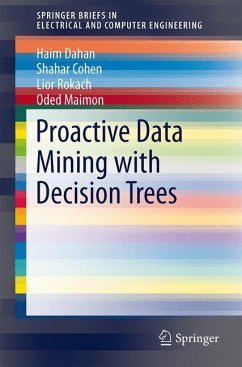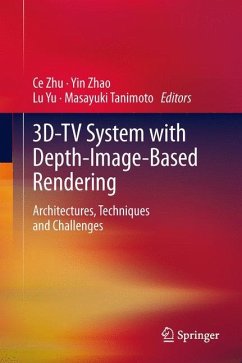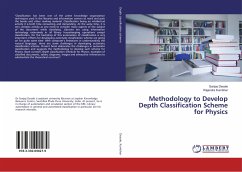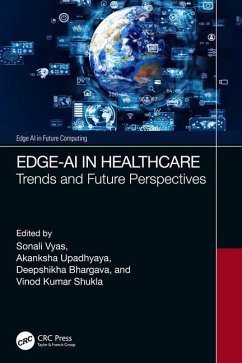
Monocular Depth Estimation with Edge-Based Constraints using Active Learning Optimization
Versandkostenfrei!
Versandfertig in 6-10 Tagen
25,90 €
inkl. MwSt.

PAYBACK Punkte
0 °P sammeln!
Depth sensing is pivotal in robotics; however, monocular depth estimation encounters significant challenges. Existing algorithms relying on large-scale labeled data and large Deep Convolutional Neural Networks (DCNNs) hinder real-world applications. We propose two lightweight architectures that achieve commendable accuracy rates of 91.2% and 90.1%, simultaneously reducing the Root Mean Square Error (RMSE) of depth to 4.815 and 5.036. Our lightweight depth model operates at 29-44 FPS on the Jetson Nano GPU, showcasing efficient performance with minimal power consumption.Moreover, we introduce a...
Depth sensing is pivotal in robotics; however, monocular depth estimation encounters significant challenges. Existing algorithms relying on large-scale labeled data and large Deep Convolutional Neural Networks (DCNNs) hinder real-world applications. We propose two lightweight architectures that achieve commendable accuracy rates of 91.2% and 90.1%, simultaneously reducing the Root Mean Square Error (RMSE) of depth to 4.815 and 5.036. Our lightweight depth model operates at 29-44 FPS on the Jetson Nano GPU, showcasing efficient performance with minimal power consumption.Moreover, we introduce a mask network designed to visualize and analyze the compact depth network, aiding in discerning informative samples for the active learning approach. This contributes to increased model accuracy and enhanced generalization capabilities.Furthermore, our methodology encompasses the introduction of an active learning framework strategically designed to enhance model performance and accuracy by efficiently utilizing limited labeled training data. This novel framework outperforms previous studies by achieving commendable results with only 18.3% utilization of the KITTI Odometry dataset. This performance reflects a skillful balance between computational efficiency and accuracy, tailored for low-cost devices while reducing data training requirements.












